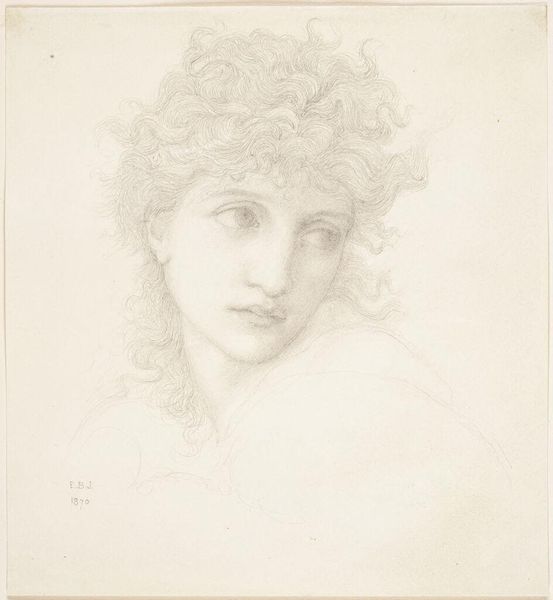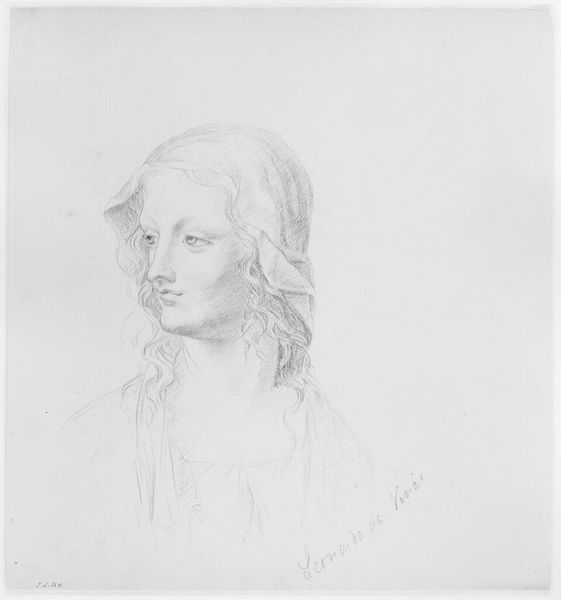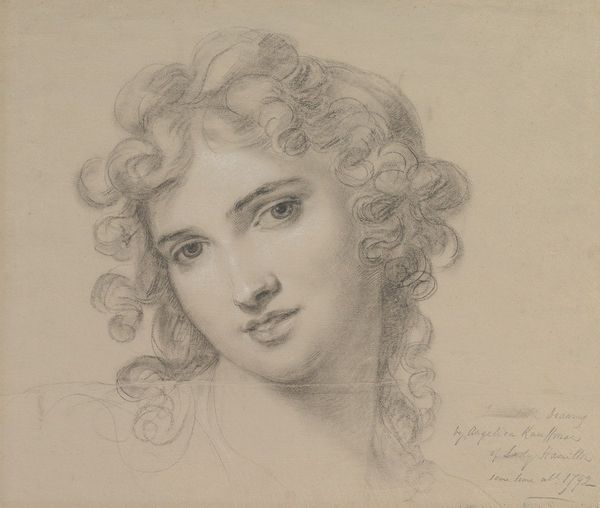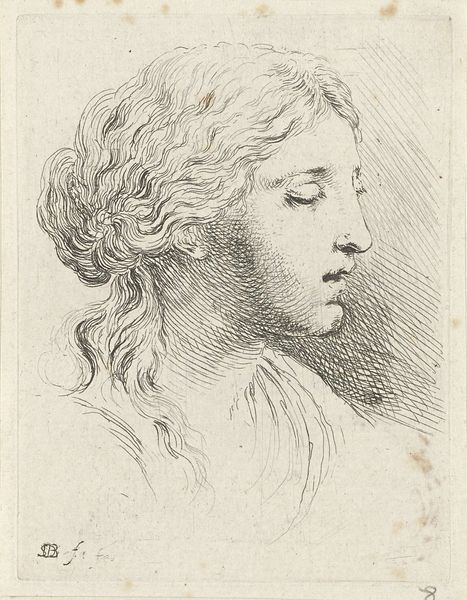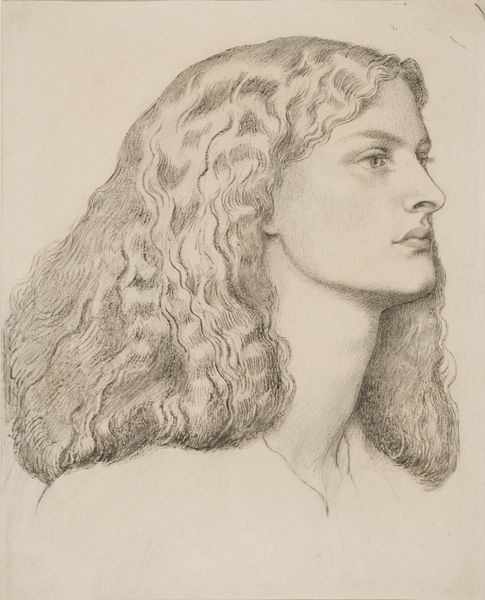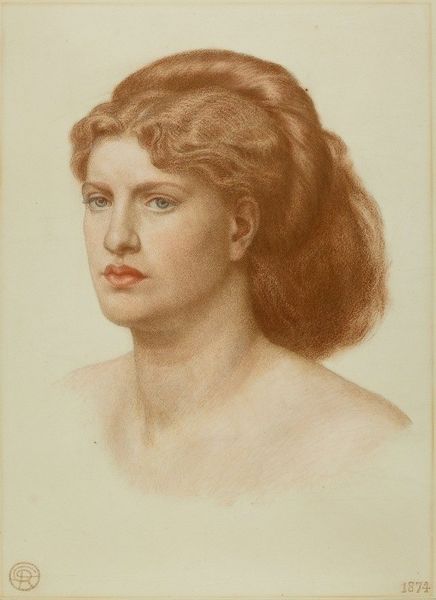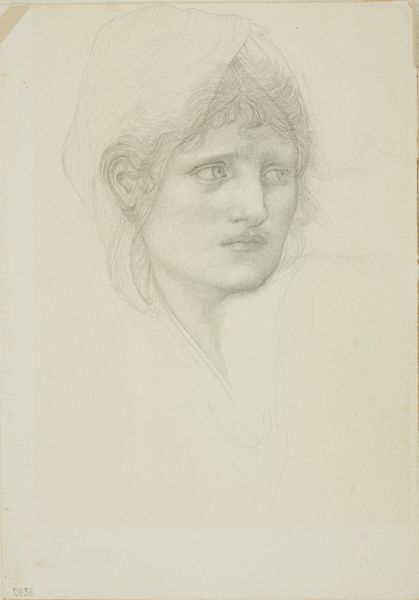
drawing, pencil
#
portrait
#
pencil drawn
#
drawing
#
figuration
#
pencil drawing
#
pencil
#
portrait drawing
#
academic-art
#
realism
Copyright: Public domain
Editor: Here we have "Drawing of a Woman" by William Bouguereau, a pencil drawing and portrait. I find the woman's gaze both serene and confident. How do you interpret this work in its historical context? Curator: It's intriguing, isn't it? Bouguereau was a leading figure in the Academic art movement, deeply entrenched in the Parisian Salon system. He aimed to create idealized, seemingly timeless images. This drawing, likely a preparatory study, provides a fascinating glimpse into his process. The question becomes, what role did idealized female representation play in shaping social perceptions of women during the late 19th century? Editor: So, it's not just about capturing likeness, but also about upholding certain standards? Curator: Exactly. Academic art, including portraiture, often reinforced dominant social narratives. Think about the patrons, the institutions exhibiting these works, and the values they promoted. Did this idealized depiction empower women, or did it confine them to particular roles within society? How might viewers at the time have interpreted this gaze differently from how we do today? Editor: I hadn't considered how institutions influenced his choices. Now, knowing his allegiance to the Academy, her almost angelic beauty seems less a genuine portrayal, more a projection of societal ideals. Curator: Precisely. Considering the art market pressures and Salon expectations helps unveil a more complex picture than initially meets the eye. What initially struck you as serenity might also hint at the pressures to conform to a certain mold. Editor: I will keep that in mind going forward. Thank you for the new perspective! Curator: You're most welcome!
Comments
No comments
Be the first to comment and join the conversation on the ultimate creative platform.




